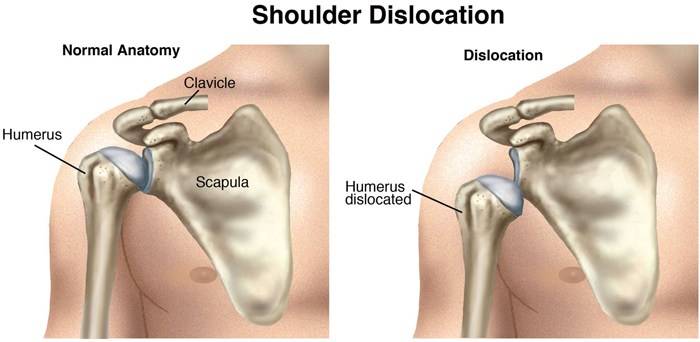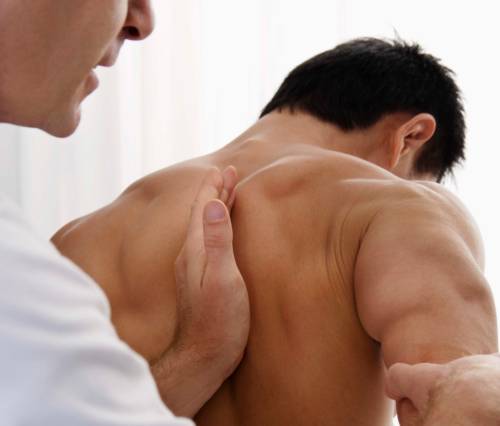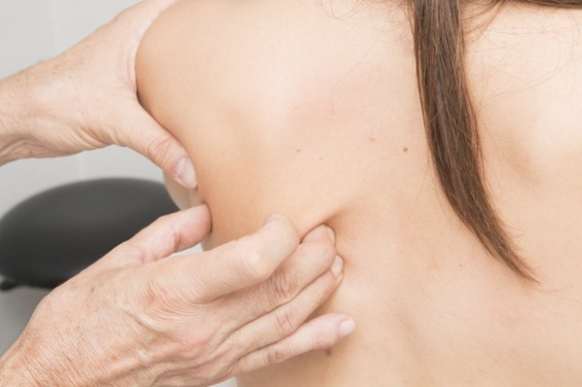Do you require any assistance? Simply reserve your appointment online below
Dislocated shoulder
Decrease pain and return to your normal lifestyle
Dislocated shoulder is one of the most common injuries experienced by people of all ages. This is because, the shoulder joint is the body’s most mobile joint. It can turn in many directions. But, this advantage also makes the shoulder an easy joint to dislocate.
A partial dislocation (subluxation) means the head of the upper arm bone (humerus) is partially out of the socket (glenoid). A complete dislocation means it is all the way out of the socket. Both partial and complete dislocations cause pain and unsteadiness in the shoulder.

Symptoms of Dislocated shoulder

Symptoms to look for include:
- Deformity
- Swelling
- Numbness
- Weakness
- Bruising
Sometimes a dislocation may tear ligaments or tendons in the shoulder or damage nerves.
The shoulder joint can dislocate forward, backward, or downward. A common type of shoulder dislocation is when the shoulder slips forward (anterior instability). This means the upper arm bone moved forward and out of its socket.
It may happen when the arm is put in a throwing position.
Doctor Examination
The muscles may have spasms from the dislocation, and this can make it hurt more.
When the shoulder dislocates time and again, there is recurrent shoulder instability.
The doctor will examine the shoulder and may order an x-ray.
It is important that the doctor know how the dislocation happened and whether the shoulder had ever been dislocated before.
Treatment of a dislocated shoulder
The doctor will place the ball of the upper arm bone (humerus) back into the joint socket. This process is called a closed reduction. Severe pain stops almost immediately once the shoulder joint is back in place.
The main goal of reduction is to effectively manipulate the bones to allow them to gently slide back into the correct position without causing further damage to the shoulder joint.
If a patient has repeat shoulder dislocations, surgical treatment is often recommended. In some cases, surgery may be prescribed for patients suffering a shoulder dislocation for the first time.

Rehabilitation

Your doctor may immobilize the shoulder in a sling or other device for several weeks following treatment. In the meantime, Plenty of early rest is needed.
The sore area can be iced 3 to 4 times a day.
After the pain and swelling go down, the doctor will prescribe rehabilitation exercises for you. These help restore the shoulder range of motion and strengthen the muscles. Additionally, Rehabilitation may also help prevent dislocation of the shoulder from recurring again in the future.
Rehabilitation will begin with gentle muscle toning exercises. Later, weight training can be added.
If shoulder dislocation becomes a recurrent problem, a brace can sometimes help. However, if therapy and bracing fail, surgery may be needed to repair or tighten the torn or stretched ligaments.This is because, the ligaments help hold the joint in place, particularly in young athletes.
At times, the recurrently dislocating shoulder can result in some bone damage to the humerus or shoulder socket. If your surgeon identifies some bone damage, he or she may recommend a bone transfer type of surgery.

